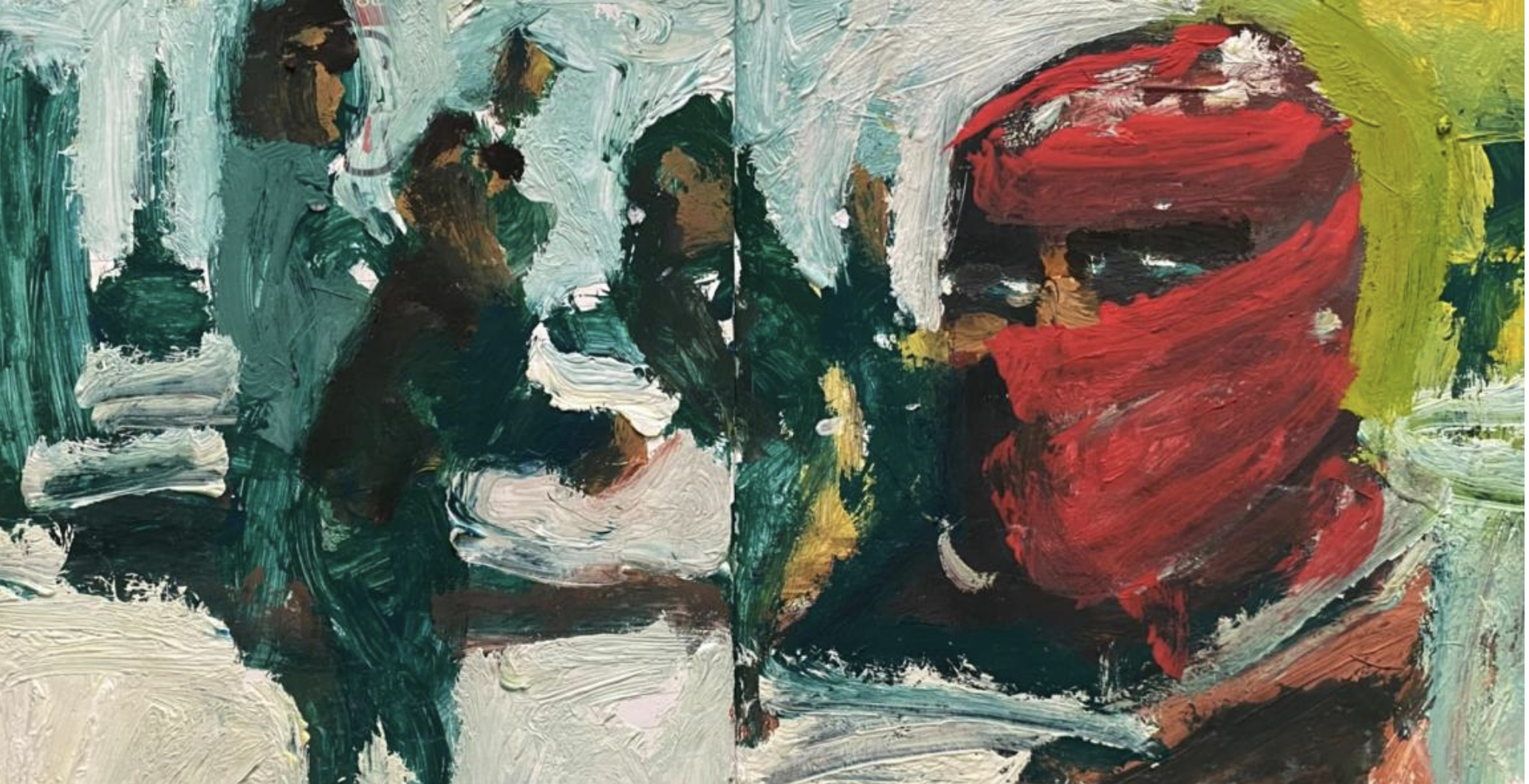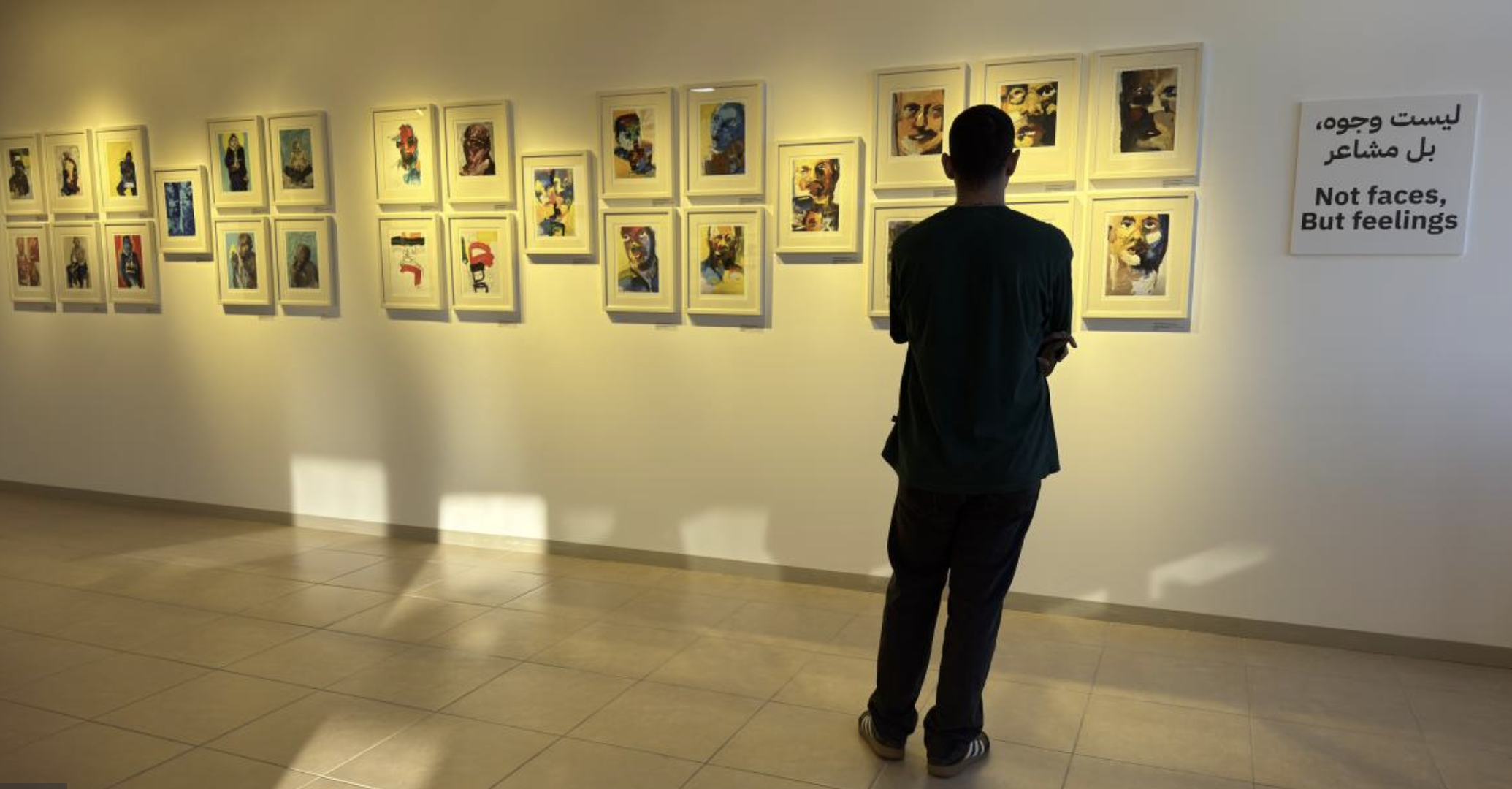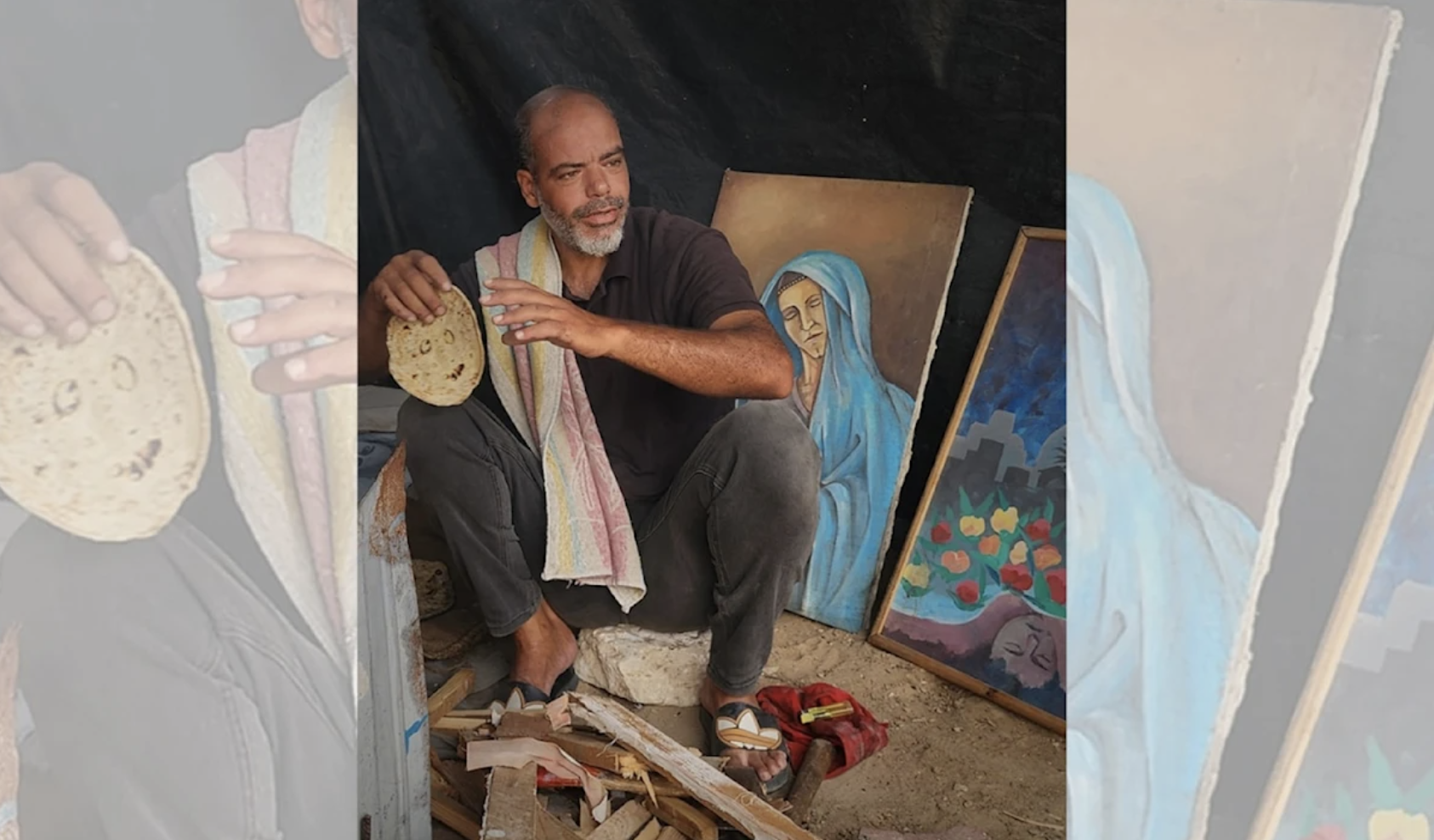Sohail Salem: Seeing from Within
When we contemplate Sohail Salem’s lost works, we encounter a diverse array of scenes—faces and landscapes spanning different years. Yet, what truly defines his unique artistic fingerprint is his fluid movement between charcoal, ink, and oil, drawing us into new details with each viewing. His drawings seem to shift and breathe, as if he possesses a special lens that renders each image different with every glance. He often revisits the same scene using multiple techniques, and the lines in his artwork transcend objects, leading us directly into the artist’s soul, where sorrow, hope, and pain are captured in both faces and inanimate forms.
Moving from his charcoal works (2017) to his ink pieces (2019 or 2022), we realize that this shift is not merely technical. His detailed and sensory perception of scenes—even those of still life—suggests that ink grants him a microscopic vision, revealing hidden corners often overlooked in traditional drawings. Viewing his work thus becomes an entirely different experience, transforming the act of reading a painting or drawing into an introspective journey. This idea echoes the words of Argentine poet Roberto Juarroz: "We must let the text we read also read us." Likewise, Sohail Salem’s paintings compel us to ask: Is all of this truly present in the scenes and images we encounter every day? But his drawings are not mere mirrors. When we look at them, we do not simply see ourselves; rather, we see within ourselves.

Sohail Salem, Untitled, 2020
This leads us to a central question about Sohail Salem’s artistic vision and its relationship with erasure: Is he attempting to preserve and document these scenes? Or is he recording the sorrow that has passed over them? Gaza’s cultural and artistic code has always responded to the annihilation of hope and life: even if existence is destroyed, emotions remain. Here, the artist’s question approaches the realm of words and sound within the drawing—elements that the machinery of colonial occupation cannot erase, as they exist deeply within the spirit’s pathways.
His recent works continue along this trajectory. In a 2022 piece, the land appears as a mass of vibrant emotions—not as mountains or a terrace of soil, but as a face composed of all the faces he has drawn. His style leans toward abstraction and impressionism, a testament to his pursuit of a unique artistic language. His brush or ink pen moves in harmony with his emotions, revealing the hidden feelings of the land, people, and objects—feelings that embody the life Gaza deserves, marked by elegance, creativity, and resilience.
Thus, in these lost or destroyed works, we may lose Sohail’s dynamic and bold lines. Yet, we return to his art, tracing the ink as if it will guide us to secret pathways in his upcoming pieces. Without a doubt, we will find a hidden voice—a voice we recognize as still present, telling stories that never fade. This voice cannot be silenced. The drawing’s mission, then, is to uncover the voices of people and nature, layered within their dreams and pains.
Taghrid Abdelal
A Palestinian poet and writer lives in Lebanon.
Published on 19.02.2025


